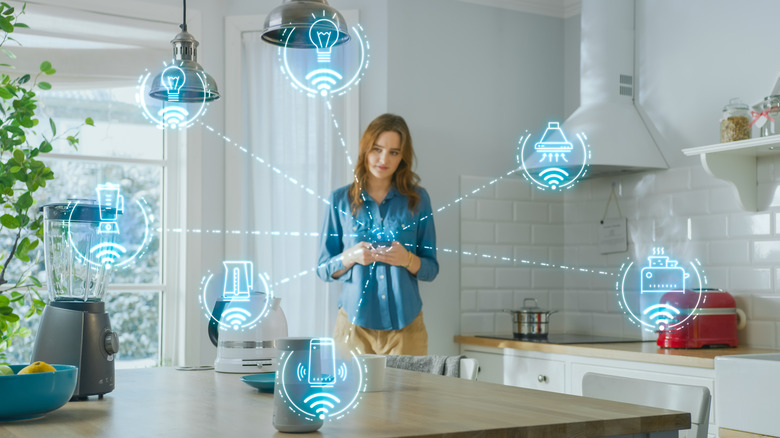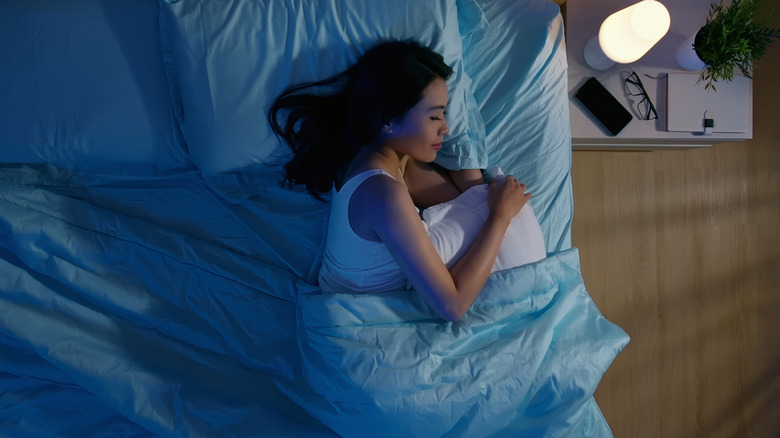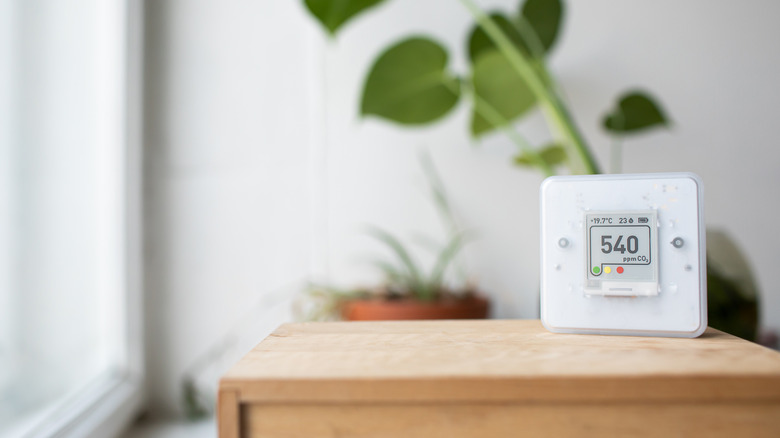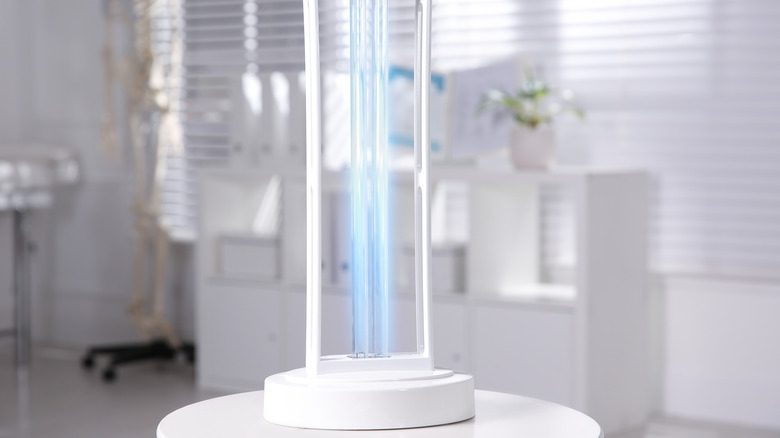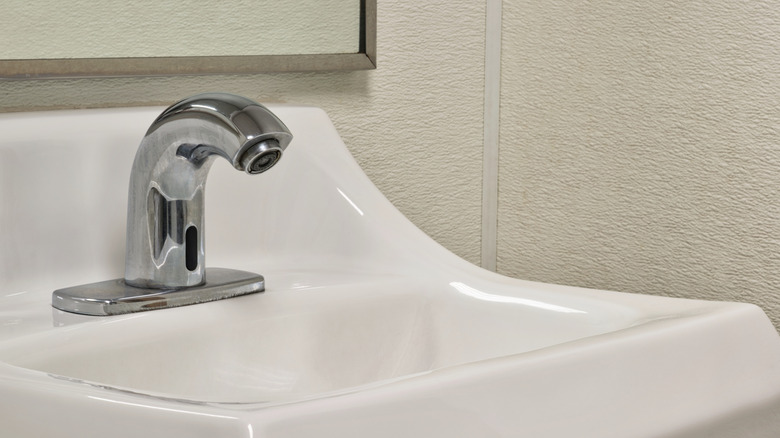How To Use Smart Tech To Make Your Home Healthier
Let's face it; we live in a tech world, and we're here to say it's not going anywhere anytime soon. From the Google Home and Amazon Alexa to the Ring doorbell and making headway on self-driving cars, we rely on tech for pretty much everything in our daily lives. But, aside from depending on our phones and using them as our third arm, technology is helping us connect with people, get things done more efficiently, and even prioritize health. According to Benefit News, technology is even helping in providing therapy for mental health.
But did you know that you can use smart tech to make your home healthier? We're not talking about wearable fitness watches or yoga apps. We are talking about healthy home trends, but with smart tech. Want to know more? We've got several ideas that use the technology you might even already own to help prioritize your health in the easiest and best way possible. From lighting to color and mood, read on to see our tips.
Lighting and color
We all know that opening windows and letting natural sunlight in is a great way to boost our mood. Conversely, sitting in the dark fosters depression and feelings of gloominess. But did you know there is a smart bulb that can actually help you achieve natural light when there isn't any? According to CNET, there are numerous smart bulbs on the market that connect to an app (of course) and let you schedule light that mimics the natural course of the sun, making falling asleep and waking up easier. Isn't that nice?
Color is another wellness perk that is available through smart technology. With color-changing lightbulbs, you can use hues to change your mood. There is a reason why warm colors like golden yellow are on during yoga class to help you focus and calm down. According to Sleep, blue and green calm the nervous system and reduce stress. They are great to help get a good night's rest in order to tackle the days ahead.
Smart sensors
Sometimes, technology that is silent until needed can make the biggest difference in our health and well-being. For example, we are all aware of the importance of smoke detectors and carbon monoxide sensors, but what about sensors that check our air or movement? According to Phyxter Home Services, some devices can detect indoor air pollution and even purify it. A sensor like this can be vital to our overall health for a culture that is now working remotely and staying inside more than ever.
Another sensor that can be important is movement. We aren't talking about baby monitors here but focusing the attention on older adults. As per The Zebra, medical alert systems are really helping to get seniors the care they need quickly when a fall happens. For those with family members that live alone, this can easily give peace of mind that help is on the way when most needed.
Clean living
Since we are now living in a world where germs and hand sanitizer go hand-in-hand, it makes sense to have smart tech that can help keep our homes clean and free of bacteria. According to The Simple Dollar, UV disinfecting lights can either be installed or taken on the go for a clean home. It makes keeping a clean home a lot easier, especially these days as people are busier than ever. Let's face it; some appliances could use a little UV sanitization once in a while (looking at you, smartphone).
Another way to use smart tech for clean living is to make sure your drinking water is purified and free of any contaminants and hard metals. Water filtration systems and especially ionizers that provide alkaline water, are fairly common to install and have obvious benefits. MUO also notes that when using a good filtration system, the water can be even better than those bought at the grocery store — a win for the planet and your health.
Touchless appliances
Adding on to keeping a germ-free home is also reducing the number of hands that touch appliances on a daily basis. We really shouldn't mention how much use your smartphone gets, but there are other appliances that are worth noting. For example, there are touchless light fixtures that can be controlled on your smartphone (via an app like Google Home) or touchless cabinet drawers. According to Build with Ferguson, there are even toilets with options to auto-sense flushing, open and close automatically and even use less water.
Another common appliance that gets a lot of love throughout the day is faucets. Much like many public restrooms you're probably used to, these faucets have a built-in sensor, so there is no need to turn the faucet on and off. While you can also have touchless soap dispensers, having one to wash and rinse your hands is enough. The cost to install a kitchen faucet varies, so it's best to look into it before going forward.
Small upgrades make a difference
A healthier home can start with getting better sleep, drinking water, eating foods that have plenty of vitamins and minerals, and making sure the air vents are replaced once in a while. Of course, we have been doing those things for years, but while trying to be as germ-free as possible to avoid the spread of viruses and getting sick in general, our awareness is on another level. According to This Old House, simple upgrades to every room can make a difference.
With so many advances in technology, many apps and appliances can help keep a clean home, with little to no managing on your end. For example, we could all benefit from a little tech with UV disinfecting solutions, water filtration systems, and lights that mimic the sun for better sleep. After all, we all want to live in a healthy and clean home, so why not get some assistance to make that happen?
